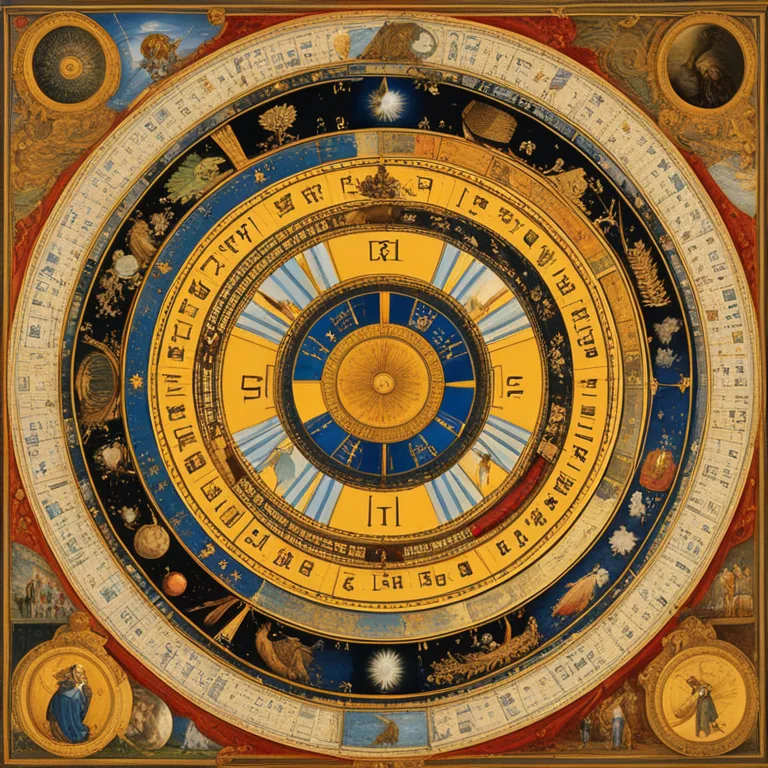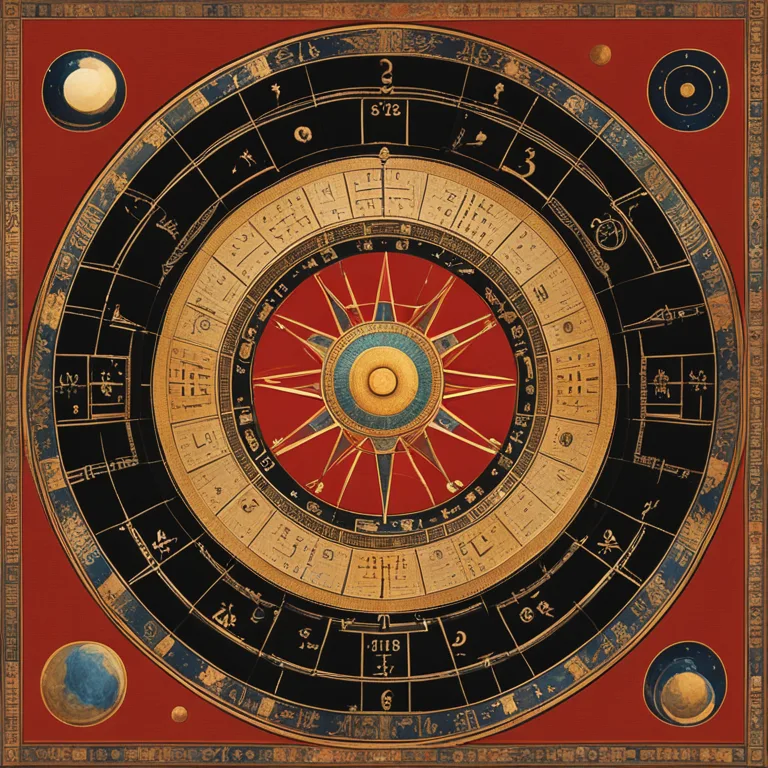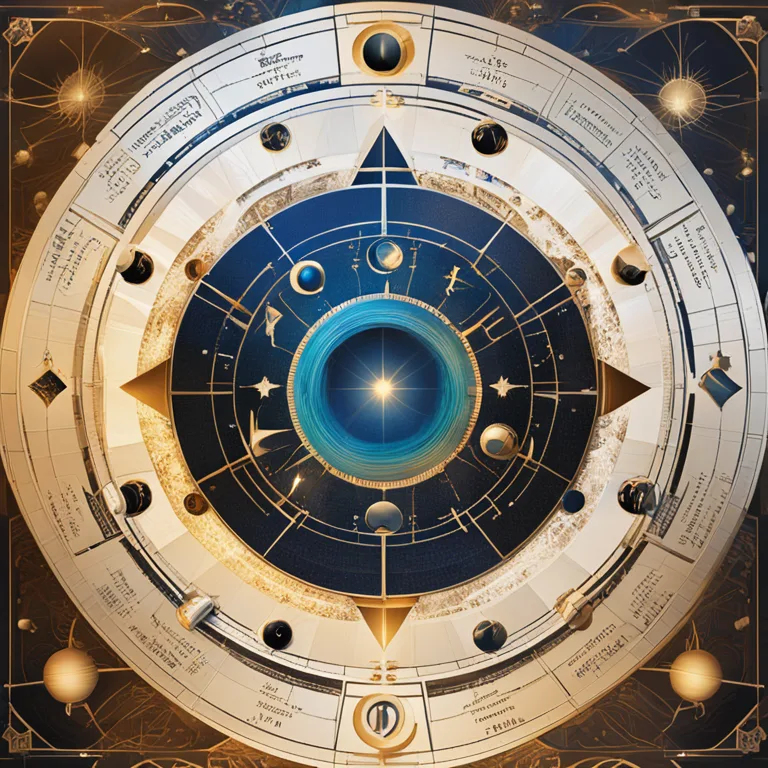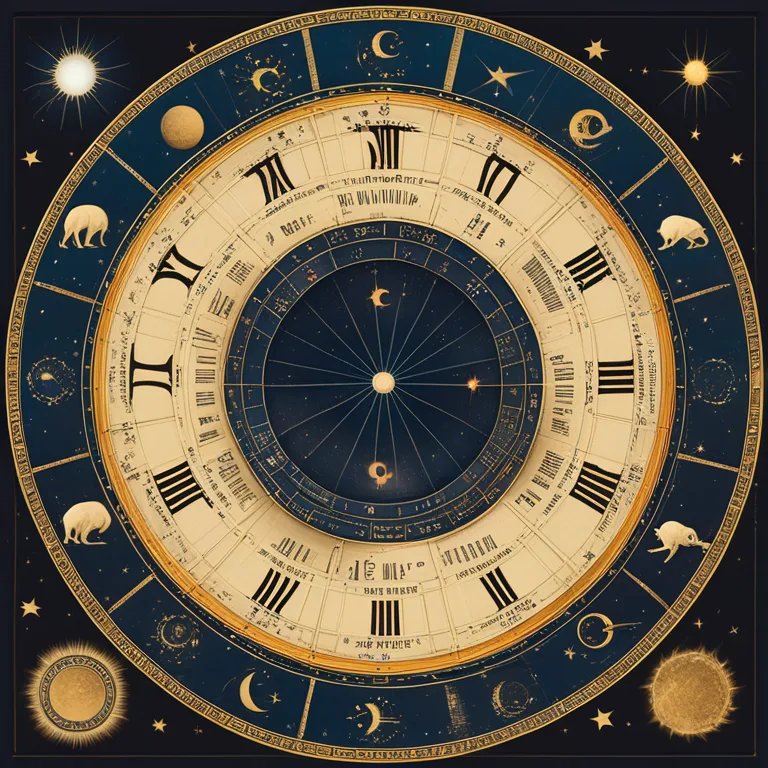
The Roots of Astrological Symbols
Delve into the ancient roots and stellar connections behind the astrological signs that form the backbone of horoscopes and zodiac analysis.
article by Priya Deshmukh
The Historical Tapestry of Astrology
The study of astrology is woven into human history, with its threads reaching back thousands of years. Civilizations across the world have looked to the heavens to find meaning and predict outcomes in life. The birth of astrology is credited to the Babylonians in the 2nd millennium BC, who developed an elaborate system of celestial omens, and the zodiac signs as we know them today have their roots in this ancient practice. Astrology further evolved through Hellenistic culture after the conquests of Alexander the Great, leading to the synthesis of Babylonian and Egyptian knowledge that culminated into the horoscopic astrology practiced today.

Constellations and the Zodiac
The zodiac, a band of the sky along which the Sun, Moon, and planets move, is divided into twelve equal parts, giving life to the astrological signs. Each sign corresponds to a constellation and spans 30 degrees of celestial longitude. Originally, these constellations were linked to the seasons and agricultural cycles, not just the stars, with particular importance placed on the vernal equinox as the starting point for Aries, the first sign of the zodiac.

Astrology's Evolution through the Ages
As astrology traveled through Greek hands to the Romans, and then across the centuries to Arab scholars who preserved and enhanced the knowledge during Europe's Dark Ages, the signs grew and shifted in meaning. By the time the Renaissance sparked renewed interest in the art, the signs had become both a tool for farmers' almanacs and a divination system for the royals. The public's fascination with astrology has waxed and waned, but the signs themselves have remained remarkably stable since their ancient conceptions.

Modern Astrology and the Signs
In modern times, sun-sign astrology, which is the system by which horoscopes are generally written, has popularized the use of zodiac signs as indicators of personality and fate. The personalities ascribed to these signs can be found echoed in texts throughout history, although significant psychological depth was added by astrologers in the 20th century. Now, in 2024, the astrological community continues to draw from this well of ancient symbolism to offer insights, often weaving in contemporary understanding of planets and their transits.

Cultural Influence and Astrological Practice
Astrology's symbols are not just relics of the past; they continue to influence culture and are shaped by it. From the names of the planets to the attributes of the signs, elements of mythology, and historical developments pepper the way astrology and its symbols are interpreted and understood. As we consider forecasts and horoscopes beyond 2024, astrology offers a bridge between the mythic past and the symbolic language of the present, allowing people to reflect on personal and collective experiences.
Considering the Future
Astrology signs have been a point of constancy in a constantly changing world. They connect us to our ancestors and to the shared human endeavor of seeking patterns in the chaos of existence. As humanity steps deeper into the 21st century, the tradition of looking up to the stars for guidance continues, adaptively shedding its archaic shrouds while retaining the core symbols that have captured human imagination for millennia.
Published: 12/29/2023
Modified: 12/29/2023
More predictions
Come back here soon to learn more about yourself and your future


Unlocking The Impact of Astrological Transits
Gain insights into the dynamic realm of astrological transits and how they influence personal horoscopes and life events.


The Influence of Birth Date on Your Astrological Profile
Discover how your birth date shapes your astrological sign, personality traits, and cosmic destiny in the astrological realm.


The Astrological Almanac of Zodiac Signs
Delve into the cosmic influence of astrology and zodiac signs. Learn how celestial alignments guide personalities, futures, and relationships.